Optimal Timing for Storm Restorations
Storm restorations are most effectively performed during periods of stable weather, typically in late spring through early fall. This timing allows for thorough repairs without interruption from adverse weather conditions, ensuring safety and quality. Conducting restorations during these months minimizes the risk of damage occurring during the repair process and helps in scheduling timely completion.
Storm restorations are often prioritized after major storm events, which commonly occur in late summer and early fall. Addressing damages promptly during this period prevents further deterioration and mitigates potential secondary issues.
Performing restorations in the off-season, such as late winter or early spring, can lead to quicker scheduling and more flexible project timelines. Weather conditions are generally more predictable, reducing delays.
Optimal restoration periods avoid extreme cold or heat, which can affect materials and workmanship. Mild temperatures promote better adhesion and curing of repair materials.
In Suwanee, GA, late spring through early fall offers the most suitable weather for storm restorations, with fewer rain days and moderate temperatures conducive to effective repairs.

Ways to make Storm Restorations work in tight or awkward layouts.
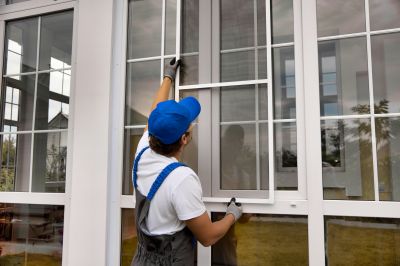
Popular materials for Storm Restorations and why they hold up over time.
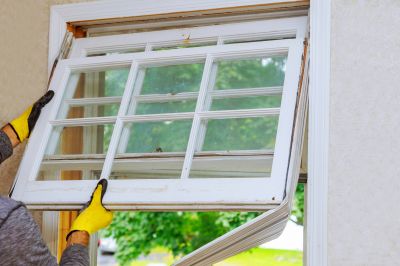
Simple add-ons that improve Storm Restorations without blowing the budget.
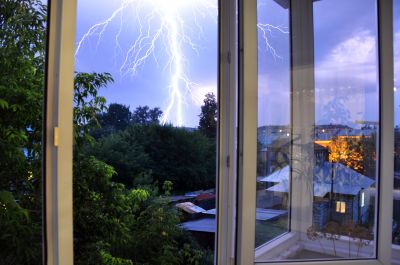
High-end options that actually feel worth it for Storm Restorations.
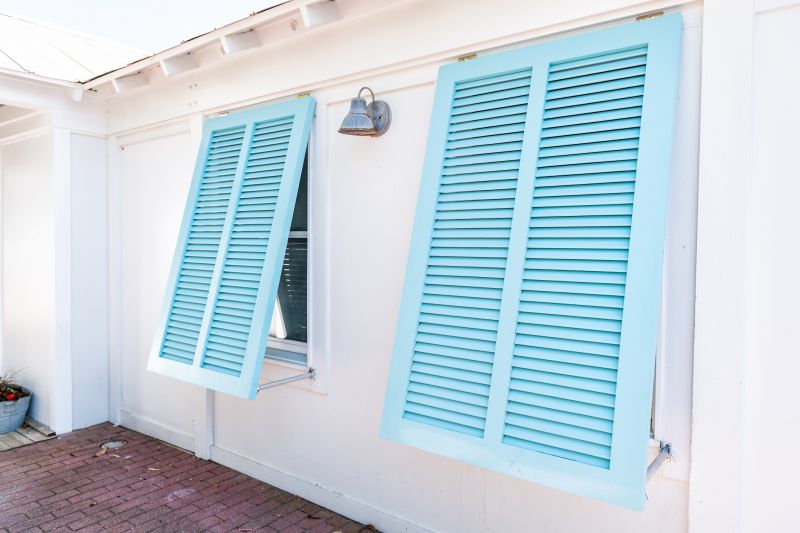
Finishes and colors that play nicely with Storm Restorations.

Little measurements that prevent headaches on Storm Restorations day.
| Season | Advantages |
|---|---|
| Late Spring | Ideal weather, early storm response |
| Summer | Peak storm activity, urgent repairs |
| Early Fall | Good weather window, preparation time |
| Winter | Limited storm activity, off-season scheduling |
Storm restorations involve repairing and restoring structures damaged by severe weather events such as high winds, hail, and heavy rain. These damages can compromise the integrity of roofs, siding, windows, and other critical components. Prompt restoration helps prevent further deterioration, mold growth, and structural issues. The process typically includes damage assessment, material replacement, and weatherproofing measures to ensure resilience against future storms.
Statistics show that timely storm restorations can significantly reduce repair costs and property losses. In regions prone to seasonal storms, proactive maintenance and quick response to damages can preserve property value and safety. Properly scheduled restorations during optimal weather conditions maximize effectiveness and durability of repairs.
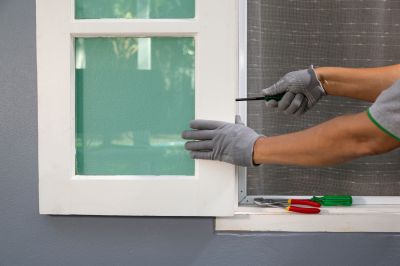
A 60-second routine that keeps Storm Restorations looking new.
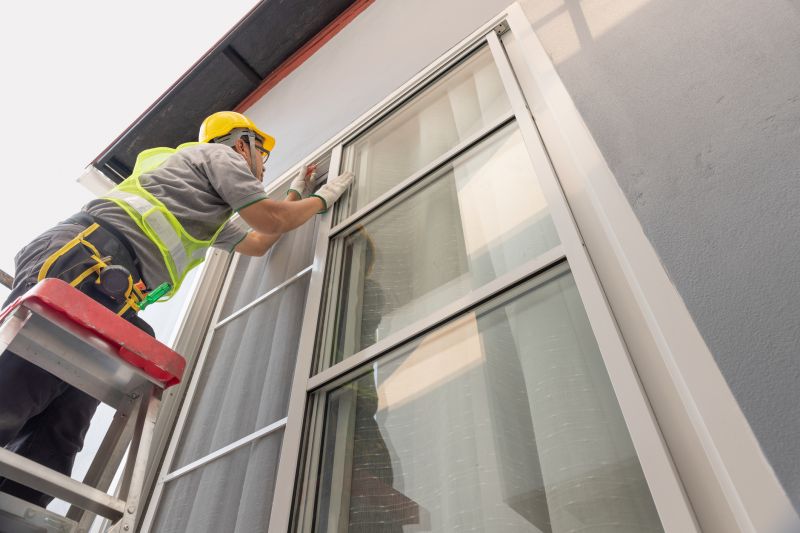
A frequent mistake in Storm Restorations and how to dodge it.
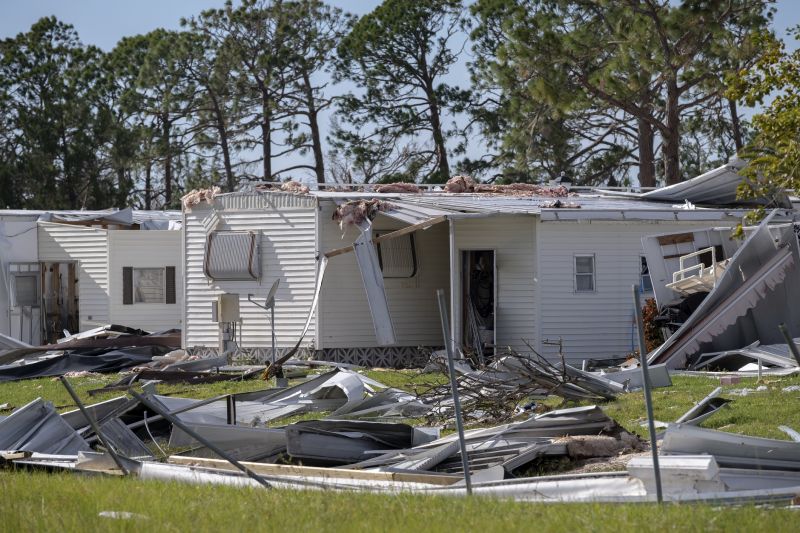
Small tweaks to make Storm Restorations safer and easier to use.
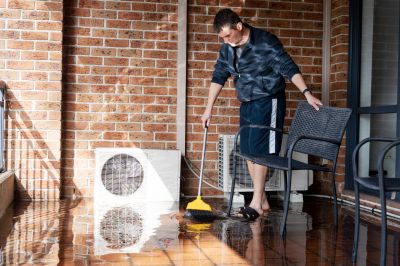
Lower-waste or water-saving choices for Storm Restorations.
Interested property owners in Suwanee, GA, are encouraged to contact for more information about scheduling storm restorations. Proper timing and professional repairs can help maintain the safety and value of properties after storm events.

